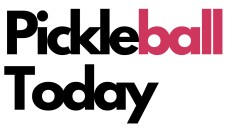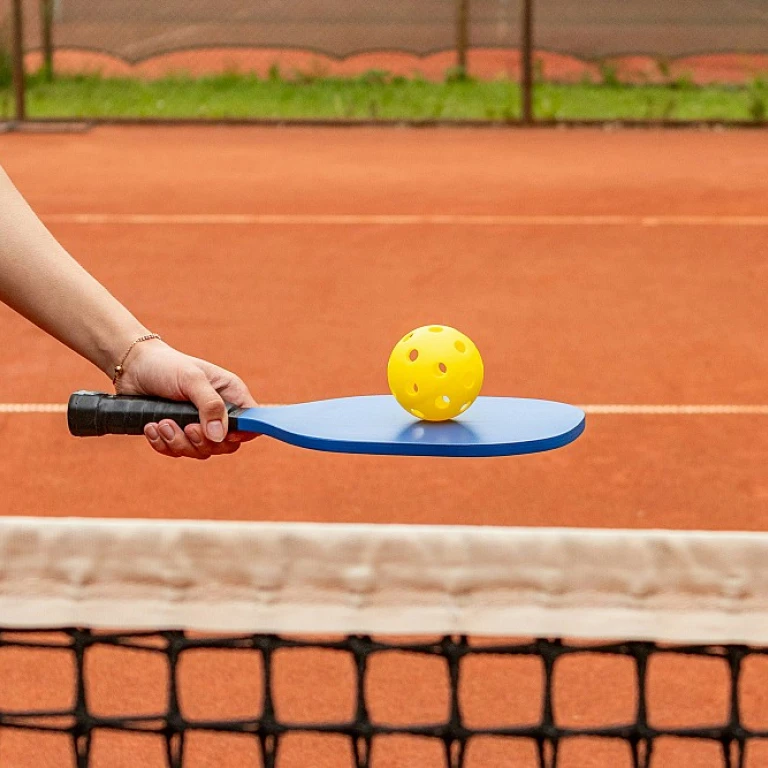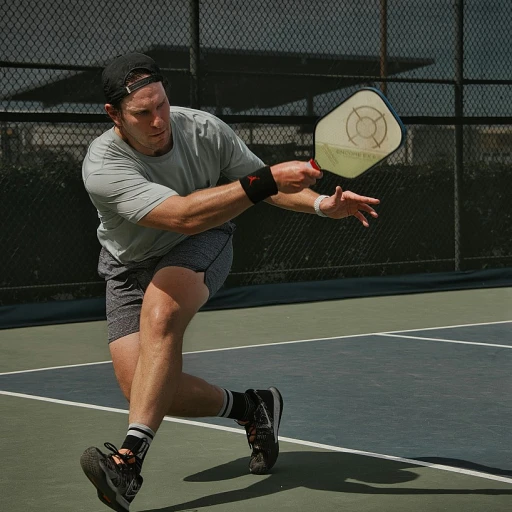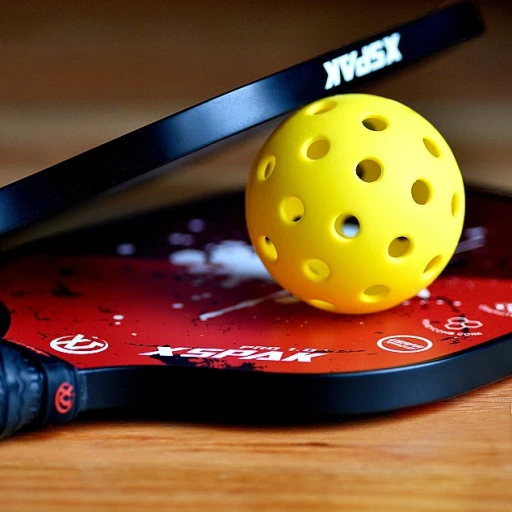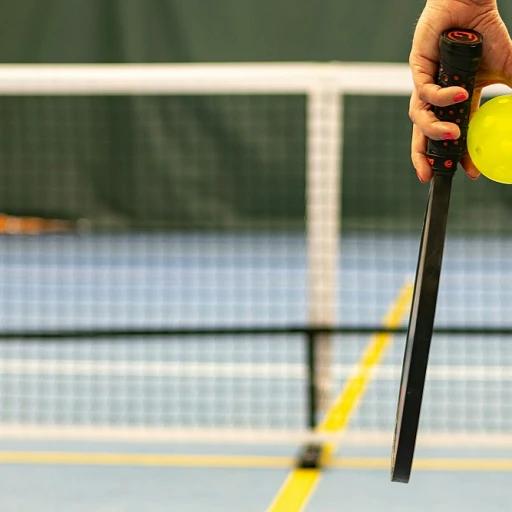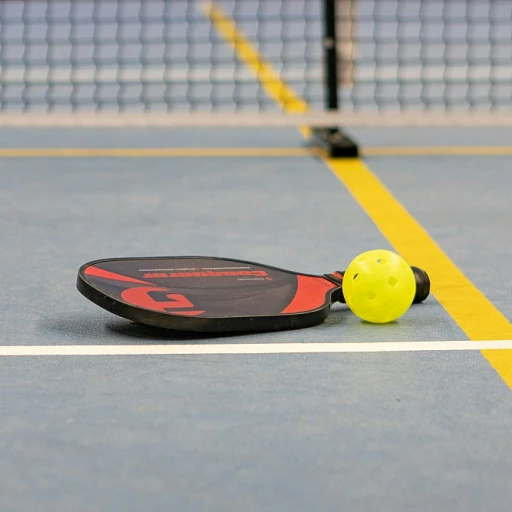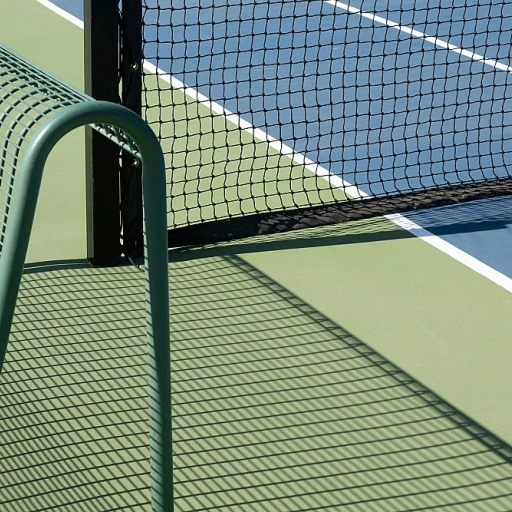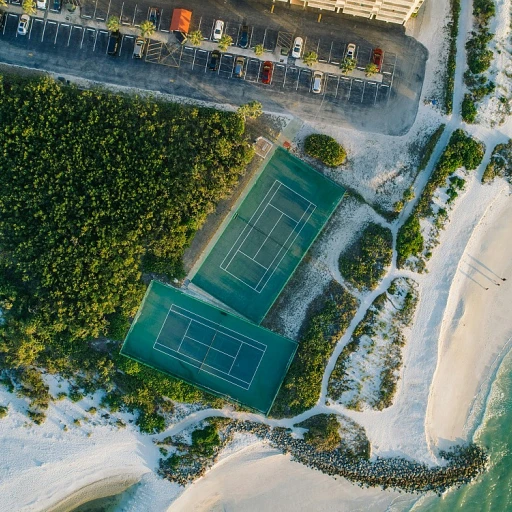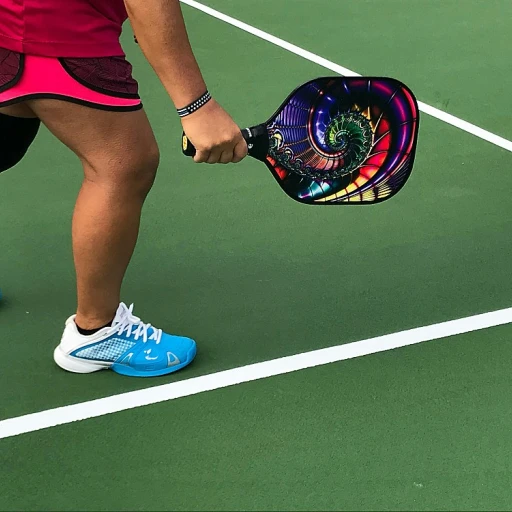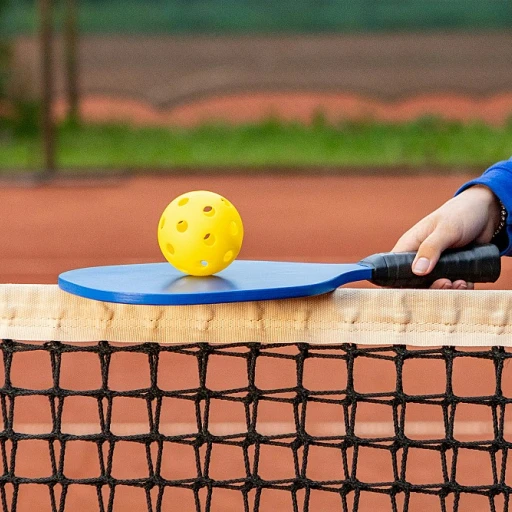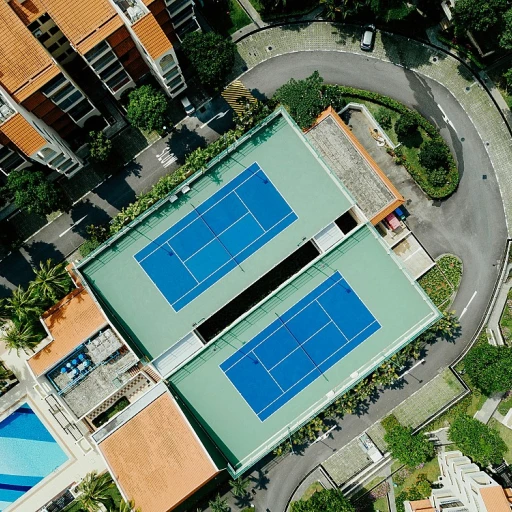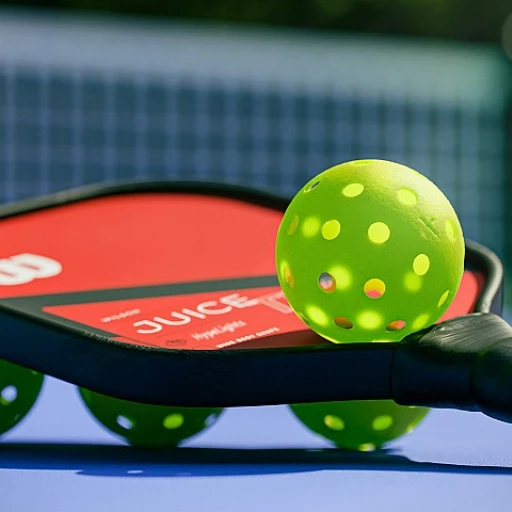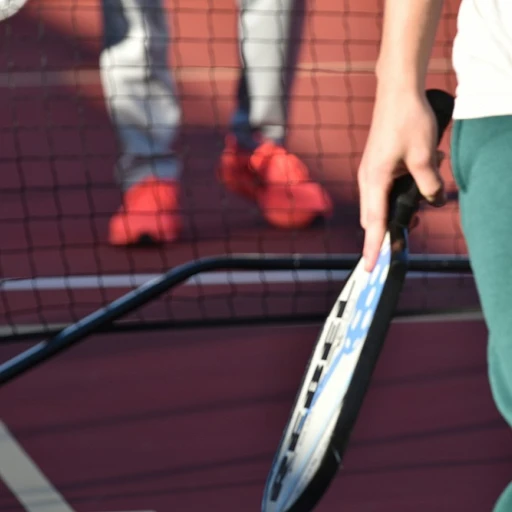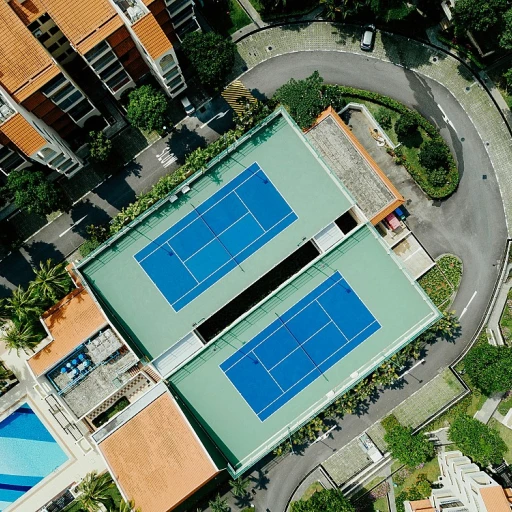
The Rise of Pickleball in the USTA
The Evolution of Pickleball as a Major Sport
The growth of pickleball within the United States Tennis Association (USTA) has been nothing short of remarkable. Once known primarily as a pastime played within the confines of community centers and local clubs, pickleball has leaped into the spotlight as a nationally recognized sport. Rated highly for its unique blend of tennis, badminton, and ping-pong elements, it has captivated players ranging from beginners to seasoned tennis enthusiasts looking for a fresh challenge.
With its rapid rise in popularity, pickleball has carved out a significant niche in cities like Atlanta and Las Vegas, attracting players not just locally but also from neighboring states such as Texas and beyond. The USTA's initiative to integrate pickleball into their existing structures reflects the changing dynamics of sports preferences and the increasing demand for diverse playing opportunities. Renowned for its appeal across various age groups and skill levels, the sport accommodates singles, doubles, mixed doubles, and even team pickleball formats, producing a vibrant environment for both competitive and recreational play.
The USTA pickleball league enhances the formal aspect of the sport, organizing various competitions that align with the established framework seen in traditional tennis programs. National championships and league play are contributing to the elevation of pickleball's prestige, providing pathways for competitive play akin to established tennis tournaments. Players congregate in cities that serve as major hubs for the sport, fortifying the community feel while allowing for individual advancement and skill development.
Many adaptive tennis players are drawn to the inclusivity of pickleball, as it provides an easier transition and diverse opportunities within the USTA's ecosystem. This inclusivity has contributed to a cultural shift where more women and older adults find the sport accessible and enjoyable. Pickleball's adaptability has enhanced its growth across various tennis clubs and centers, including those in San Diego and Palm Beach, where the sporting community thrives.
For those interested in understanding the broader context and impact of pickleball's rise, you can learn more about the dynamic world of pickleball leagues. This resource delves into the intricate league structures, cultural significance, and growing appeal that define pickleball today.
Atlanta's Pickleball Scene
Atlanta's Thriving Pickleball Community
Atlanta's pickleball scene has become a vibrant part of the city's athletic landscape, attracting players from tennis and other racquet sports. This popularity surge is not just among younger athletes, but also those who are transitioning from tennis to pickleball, forming a diverse and enthusiastic community.
The city's numerous sports facilities, including tennis centers and country clubs, are now embracing pickleball. Many of these venues offer both tennis and pickleball courts, accommodating the growing number of players interested in making pickleball a part of their weekly routine. There is significant cross-pollination between tennis and pickleball players, with tennis clubs inciting members by hosting pickleball leagues and events.
As the sport continues to grow, Atlanta has seen an emergence of pickleball leagues. These leagues cater to different skill levels, from beginners to national-level players. Team pickleball is becoming increasingly popular, with local entities forming teams to compete in both mixed doubles and women doubles formats. This organized play structure provides an avenue for social interaction and a competitive outlet, fostering a stronger pickleball community.
One of Atlanta's key advantages is its adaptability to various sports, including adaptive tennis programs. As clubs continue to adapt to this new demand, the integration of both tennis and pickleball programs allows a triple team of sports enthusiasts to engage in their passion all year round.
Atlanta's proximity to other major cities like Dallas in Texas, San Diego, and Palm Beach makes it an attractive destination for regional matches and tournaments. This geographical advantage, coupled with a supportive community, positions Atlanta as a significant pillar in the rise of pickleball leagues for boomers. The growth is also supported by national championships that further bolster interest and participation in the sport.
The city is so immersed in the sport that many tennis programs are now incorporating pickleball lessons to help tennis players adapt to the nuances of the pickleball game. This approach is nurturing a holistic sports culture that ensures sustained interest and skill development.
Las Vegas: A Pickleball Hotspot
The Glittering Pickleball Haven of Las Vegas
Las Vegas has evolved beyond its reputation for extravagant casinos and dazzling nightlife. Known for hosting numerous national championships, the city has firmly positioned itself as a vibrant hub for pickleball enthusiasts. A city where the love for sports thrives, it’s home to a flourishing pickleball scene that envelops both players and spectators. The growth of pickleball in Las Vegas can partly be attributed to its diverse facilities and supportive community. Facilities like the tennis center and specialized clubs offer top-notch playing conditions for both aspiring players and seasoned professionals alike. These venues boast expansive courts designed to facilitate competitive play, catering to singles and doubles matches in various skill categories, from adaptive tennis to mixed doubles. Notably, Las Vegas attracts players nationwide seeking to elevate their skills. The city is a beacon for those passionate about the sport through tournaments and specialized programs. Its location makes it accessible for weekend warriors from neighboring areas like Texas, Palm Beach, and San Diego. Given its ideal climate for year-round play and comprehensive league structures, Las Vegas has become a primary destination for league competitions. The USTA pickleball league’s presence in the city has bolstered its popularity, providing structured tournaments that draw teams from across the USA. The league’s emphasis on inclusivity creates a welcoming environment where players of all levels—from beginners to the more experienced—can engage and compete. Las Vegas embodies the bustling excitement associated with pickleball. As players from the city bring their flair to tournaments nationwide, it cements its status as a pickleball hotspot not only locally but on a national scale. Those interested in developing their competitive edge may find joining a local pickleball league in Las Vegas an enticing option.Comparing Atlanta and Vegas Leagues
Contrasting Two Dynamic Pickleball Hubs
Atlanta and Las Vegas both boast vibrant pickleball leagues under the USTA umbrella, yet they each offer unique experiences for both seasoned players and newcomers. Let’s delve into how these two bustling cities compare and contrast in their pickleball endeavors.- Community Involvement: In Atlanta, the pickleball community thrives on its strong local involvement. Many tennis clubs and centers have transitioned to include pickleball courts, fostering a sense of community among team pickleball enthusiasts. Las Vegas, though equally passionate, attracts a diverse mix of players due to its status as a national hotspot, welcoming visitors from across the country to its pickleball leagues.
- Facilities: Atlanta's tennis centers are known to integrate pickleball into their existing setups, providing multipurpose courts adaptable for both sports. Meanwhile, Las Vegas offers state-of-the-art pickleball facilities, with specialized venues dedicated to the sport, including those that host grand events like national championships.
- League Structure: League structures in both cities emphasize sportsmanship and competitiveness, but each has tailored its setup to local preferences. Atlanta places a high emphasis on team-based play, with mixed doubles and triples leagues gaining popularity. Las Vegas, taking advantage of its bustling activity, offers extensive league options that cater to women doubles, singles, and even comprehensive national-level tournaments.
- Frequency of Events: Event frequency varies, with Atlanta organizing league matches primarily during certain weeks of the year, often in quieter months like August, catering to local sports schedules. Las Vegas stands out with frequent pickleball weeks and weekend tournaments, drawing participating players from other pickleball hubs like Texas and San Diego.
- Opportunities for Growth: Both cities are seeing a significant rise in players transitioning from traditional tennis programs to pickleball, driven by usa pickleball initiatives. This growth is contributing to adaptive tennis programs that accommodate pickleball play, demonstrating the willingness of local tennis associations to embrace change.
